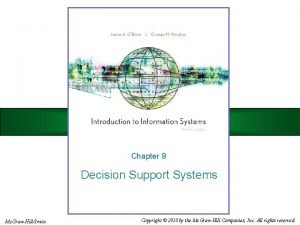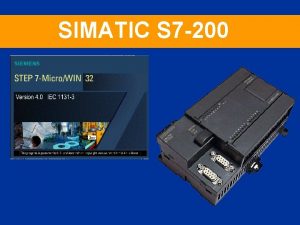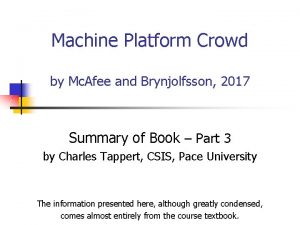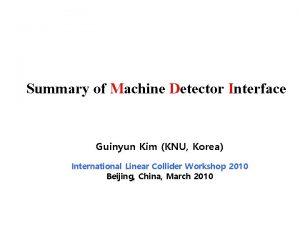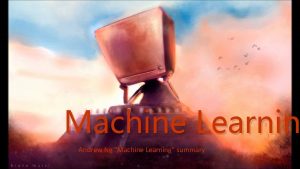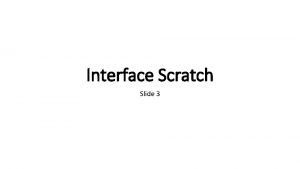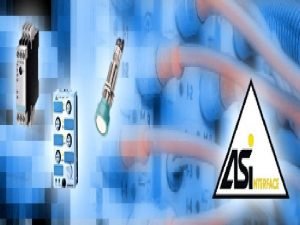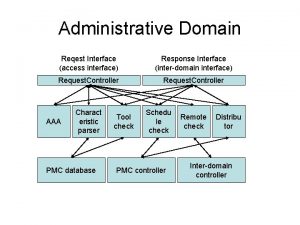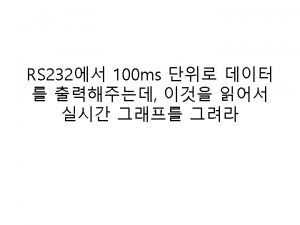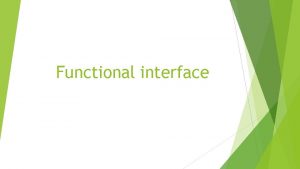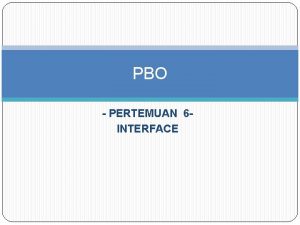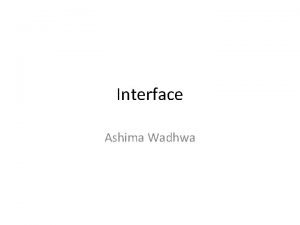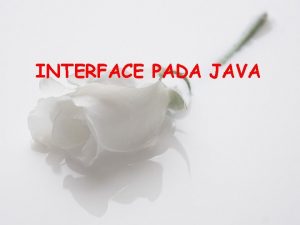PD 5 Detector Integration Machine Detector Interface Summary















- Slides: 15

PD 5: Detector Integration / Machine Detector Interface Summary T. Markiewicz/SLAC 15 May 2014 Si. D Meeting / AWLC Fermilab

Outline • Parallel sessions were held with combinations of the CFS and BDS groups • Updates to the IR Access design shown by Harrison & Yamamoto • • • on Monday New information that may affect detector assembly & ideas for next iterations of IR access design Session to discuss commissioning scenarios & working decision Tidbits from just-beginning BDS/AD&I discussions & presentations that touch the MDI & may be discussion points at the next LCWS 2

Photo of Assembly area & IR access tunnel mouth for the baseline Horizontal Tunnel only option PHOTO DELETED AS REQUESTED BY CONFERENCE ORGANIZERS 3

Photo of Split Level Assembly area for Hybrid Access: Si. D on lower pad that feeds tunnel mouth ILD on upper pad over 18 m shaft PHOTO DELETED AS REQUESTED BY CONFERENCE ORGANIZERS 4

Elevation & Plan Views of Hybrid Tunnel/Shaft Access 5

CMS-sized hall provided for ILD with a small side-space for the few times Si. D may use the 18 m shaft & gantry rather than the tunnel 6

SPS N-area hall is basis for Si. D Assembly Hall Tunnel mouth directly outside hall 7

Plan View of Underground IR Hall Note Tunnel Access & Enlarged Assembly Area on Si. D Side Tunnel Entrance 8

Heavy Equipment Transport in Japan Advice to keep delivered loads < 80 T will require both Si. D and ILD to rethink their assembly model A study of the exact routes, with bridges in tunnels, connecting the Kitakami site to the nearest port & railway depot are in progress. 9

Si. D request to study alternate variant Parallel hall at same grade with second 6 -8 m access shaft over Si. D “garage” Tunnel grade increased & diameter reduced for “excavation only” 10

BDS Commissioning Three possible engineering options: 1. w/ Detector 2. w/o Detector, only QF 1 3. w/o Detector, QD 0 and QF 1 Support wall Shield wall with embedded: QD 0+movers+cryo+power Specialized instrumentation, readout, … Working decision to plan to commission w/ a detector Revisit if detectors completion much later than accelerator Will not plan for blocks, block storage, spare QD 0 s, separate cryosystem, etc. 11

BDS Errata 1: Common L* Strongly desired BDS Group & AD&I management plan to insist on a common L* for ILD and Si. D Example: Okugi-san finds, after tuning for 3. 51 m L* cannot find a solution for 4. 5 m L* better than: 12

BDS Errata 2: “SB 2009” IP Parameter Study has consequences in the extraction line Studies of the small sig_x IP parameter set to recover luminosity after N_b reduced x 2 are beginning 3 k. W 2007 RDR Example: Power on last extraction line collimator before dump window 17 k. W 63 k. W 2013 TDR 13

BDS Errata 3: Large L* Studies have begun Multi-parameter problem: collimation depth, synchrotron radiation backgrounds, tunability, tolerances, etc. need study 14

BDS Errata 4: Suggestion from Brett Parker that QD 0 design can be optimized for lower diameter package Current design: “Bucking Winding” null fringe field on axis of extraction line and viceversa Design work on e. RHIC IR leads Brett to think, that with design work, it will be possible to increase the radius of the “bucking winding” and have the extraction line shoot the gap between main windings and the bucking winding resulting in a more compact package. If possible, could possibly: • Reduce crossing angle: - DID less important - Crab cavity less critical • Reduce L* Hope for a conclusion by time of the Belgrade meeting 15
 What is interface in java
What is interface in java User led through interaction via series of questions
User led through interaction via series of questions Office interface vs industrial interface
Office interface vs industrial interface An interface
An interface A is a web based interface and integration of mis dss eis
A is a web based interface and integration of mis dss eis Forward integration and backward integration
Forward integration and backward integration Vertical integration
Vertical integration Integration
Integration Human machine interface
Human machine interface Finite state machine vending machine example
Finite state machine vending machine example Moore and mealy machine
Moore and mealy machine Mealy to moore conversion
Mealy to moore conversion Ma=fr/fe
Ma=fr/fe The machine in the garden summary
The machine in the garden summary Mc platform
Mc platform Detector building science olympiad cheat sheet
Detector building science olympiad cheat sheet




